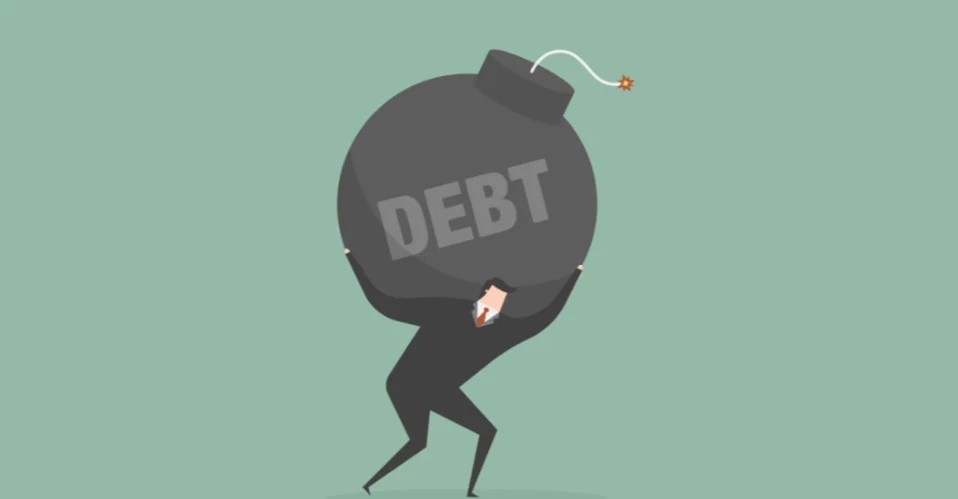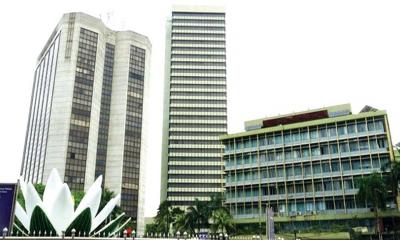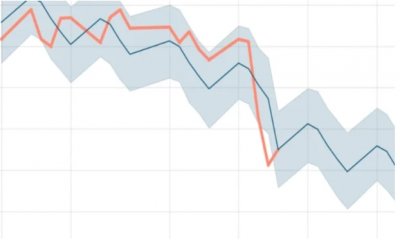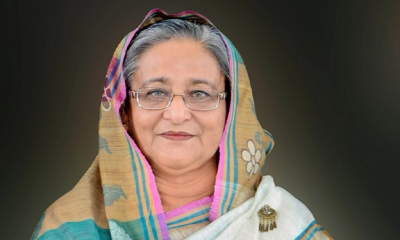Bangladesh spent $2.03 billion on external debt servicing, including paying off the principal and interest on foreign debt, in the first eight months of the 2023-24 fiscal.
Of the total, the interest payments amount to $805.9 million, while the payments towards principal were $1.22 billion.
In the first 8 months of the last fiscal, 2022-23, debt servicing stood at $1.42 billion.
It means the amount has gone up by $610 million in the space of a year, or 43% year-on-year.
According to officials at the Economic Relations Division, or ERD, the sharp increase witnessed in debt servicing is driven mainly by increased interest payments on the debt. The $805.9 million that has gone towards paying the interest on foreign loans is double what the government paid towards interest in the corresponding period of the last fiscal, when it was $403 million.
ERD records indicate loan commitments with development partners increased in the first eight months of the current fiscal. These development partners pledged a total of $7.2 billion in various loan commitments from July 2023 to February 2024, the first 8 months of the current fiscal, which is up significantly from the $1.78 billion in loan commitments secured from July 2022 to February 2023, the first 8 months of the last fiscal.
What may surprise some observers, given the alarm that has been raised recently in some quarters over the country`s growing portfolio of foreign debt, is that rather than ease off for a period, ERD officials are determined to realize a target of $9.92 billion in loan commitments for the 12-month period.
That means they are looking to secure a further $2.7 billion in loan commitments in the four months (Mar-Jun) that remain of the current fiscal, mainly from the various development aid organizations and multilateral lending agencies.
The government has always maintained that the rising foreign debt burden will have to be met by the increased capacity of the Bangladesh economy, that is now close to half-a-trillion in size (Bangladesh GDP $460 billion, 1 trillion = 1000 billion).
While Bangladesh`s foreign debt has indeed surged in the last decade or so, it is equally true that the economy itself has surged equally, if not more, and that has built up the country`s capacity to not renege on repaying its loans.
It is to be noted that the country`s debt-to-GDP ratio, the globally accepted indicator of a country`s capacity to repay its debts, has remained remarkably stable at a very safe level through all these years.
The debt-to-GDP ratio is the metric comparing a country`s public debt to its gross domestic product (GDP). By comparing what a country owes with what it produces, the debt-to-GDP ratio reliably indicates that particular country`s ability to pay back its debts, according to Investopedia.
Yet this globally accepted metric was ignored in almost all the alarmist reporting witnessed recently, on the news of the country`s total foreign debt crossing the $100 billion mark for the first time.
Bangladesh`s debt-to-GDP ratio was just 35.6% in 2023, up from 33.2% in 2022, according to Fitch, the American credit ratings agency.
Fitch estimated it would reach 36.4% over the course of 2024, which would still be the lowest in the entire Asia Pacific region among emerging markets.





































